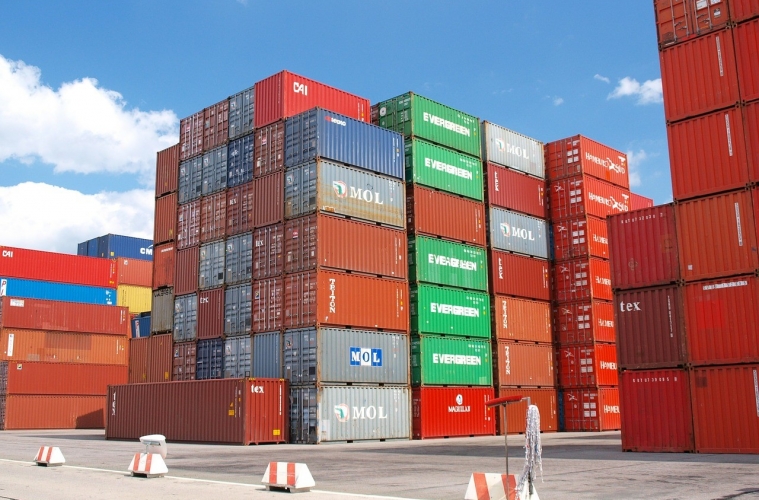Guest blog by Funding Options
Trading internationally can be a large and daunting step for small businesses to take, but it could also be key to growth if you’re looking to take your business to the next level.
One of the biggest challenges is often financial, especially when it comes to working capital. Waiting to get paid can be difficult at the best of times, but when you throw international suppliers and customers into the mix, the length of the transaction is typically even longer.
Say, for example, your customer is in America and your supplier is in the Far East. When you receive an order from your customer, you then have to contact your supplier and place an order. Many suppliers will require up-front payment (or a hefty deposit) before the goods will be shipped, and they could take a few weeks to arrive. Once you receive the stock, you process the order and forward the goods to your customer, which again could take a few weeks to arrive.
All this means that depending on your payment terms, it could be weeks before you receive the payment for the order, which adds up to a very long time spent out of pocket.
Funding solutions for importing and exporting
If your business can’t afford this cash flow gap, that doesn’t necessarily mean you have to give up on international trade; there are funding solutions out there that help make importing and exporting realistic and achievable goals for small businesses.
The key is to plan your cash flow effectively for each stage of the process with the overall aim of minimising the time you spend out of pocket on the transaction. Like many aspects of business funding, it can be a complex area, so in this article, we’ll give you an introduction to some of the possible solutions for financing international trade.
Trade finance
There are two main cashflow gaps in the international trade cycle – one at the start where you have to pay upfront for supplies, and one at the end where you’re waiting for payment from the customer. Trade finance helps close the first of these payment gaps.
In a nutshell, trade finance helps wholesalers, distributors, and importers pay for the goods they need to get transactions underway. Rather than having to commit the cash up-front knowing it could be anything up to three months or more before you’ll get that money back, lenders will pay the supplier for you.
The deal will be based on confirmed purchase orders and the credibility of the companies involved in the process, and because the lender is taking on the initial cash burden, you can reduce the amount of time that your business is out of pocket so your working capital remains free for other things.
As with all types of funding, there are various caveats as to when trade finance can be applied; for example, it often can’t be used to buy perishable goods or parts that have to be assembled to create a product.
Invoice finance
The second cashflow gap is at the end of the cycle when you’re waiting for a customer to pay. This payment gap applies either way, whether you’re dealing with domestic or international customers.
With invoice finance, you get an advance for most of an invoice’s value as soon as it’s raised. Then, when the customer pays, the lender will give you the remainder minus their fees. There are a few different products in this area — factoring and discounting are designed for all your invoices, while selective invoice finance can help if you only want to finance the occasional invoice.
Trade finance and invoice finance
If you have a trade finance deal in place, you won’t have had the initial outlay paying for supplies. However, trade finance is usually charged by the day or the month, so any further delays to the process add to the cost. For this reason, many businesses combine trade finance with an invoice finance facility.
In this scenario, you get paid the majority of the cash owed as soon as you raise the invoice; so you’ve got the working capital to repay the trade finance lender sooner. You could have these as separate solutions with separate lenders, or combined into one service from one lender for ease.
Conclusion
Funding options such as trade finance, invoice finance or a combination of both, can turn something that may seem out of reach into reality for small businesses. Trading overseas can be financially more challenging than domestic trade, and there will be extra costs involved in importing and exporting. The biggest problem is typically the delay between paying for supplies and receiving payment — by using business finance to reduce that gap, you really could be opening up a whole new world of opportunity.
Conrad Ford is Chief Executive of Funding Options, recently described by the Telegraph as “the matchmaking website for small businesses and lenders”. Funding Options has been selected by HM Treasury to help businesses find finance when they’re unsuccessful with the major banks, as part of the Bank Referral Scheme that launched in November 2016. @FundingOptions
Funding Options has partnered with WorldFirst to offer FX solutions to businesses looking to trade in the global marketplaces. Find out more here.


